 |
| Sam Pieri in 1931 |
Salvatore "Sam" Pieri was born Jan. 29, 1911, in Buffalo to Sicilian immigrants Giovanni and Ignazia (Anna) Ciresi Pieri. Giovanni and Ignazia were both born in Montemaggiore Belsito, a hilly Sicilian region north of Valledolmo and Vallelunga. Giovanni entered the U.S. on April 20, 1893. Ignazia entered July 1, 1898. They were married in Buffalo's St. Anthony's Roman Catholic Church on Nov. 16, 1900.
Sam was the seventh of nine children born to the couple. His siblings were Salvatora "Elsie" (married to Joseph DiCarlo on Nov. 29, 1924), Vincenza "Genevieve," Adelina, Giovanni "Johnny Rai," Giuseppina "Josephine," Giuseppe "Joe," Stefano "Steve," and Horace "Hobbie."
He first ran into trouble with the law when he was just 10 years old. He was arrested Aug. 7, 1921, for malicious mischief. He was later discharged. Grand larceny and juvenile delinquency charges against him were similarly dropped in 1926. He was charged with truancy on Oct. 27, 1927, and turned over to a truant officer. Sam completed seventh grade and then did not return to school.
As a result of Pieri's first criminal conviction, for second-degree larceny, he was sentenced in June 1928 to an indefinite period of probation.
 |
| Pieri in 1933 |
Pieri and brothers John and Joe became members of the DiCarlo Gang. Working for their brother-in-law Joseph DiCarlo, they extorted payments from operators of craps games and bookmaking parlors.
Sam Pieri and fellow DiCarlo Gang member Joe "the Goose" Gatti were arrested Jan. 6, 1931, along with two other alleged accomplices. They were charged with first-degree robbery in connection with the $3,000 armed holdup of a gambling establishment in Rochester. The charge was eventually dropped.
Pieri was less fortunate later that year. On Sept. 2, he and two other men were arrested as they unloaded 300 quarts of Canadian ale from a rowboat at the foot of Buffalo's Hudson Street. (A fourth member of the bootlegging group escaped by swimming away.) Pieri was convicted of bootlegging and tariff violations and sentenced to 60 days in Erie County Prison.
Pieri and "Goose" Gatti escaped conviction on another first-degree robbery charge in the spring of 1933. By the end of that year, 22-year-old Pieri made Buffalo Police Commissioner Austin J. Roche's list of Public Enemies (No. 12).
On Jan. 23, 1934, Pieri married Caroline LoTempio. DiCarlo Gangster and future Cleveland crime boss John "Peanuts" Tronolone was Pieri's best man.
Pieri, Tronolone, Anthony "Lucky" Perna and others were arrested in spring 1935 for violating the new Brownell Law, which made consorting of criminals unlawful. Though the men were convicted, their six-month prison sentences were suspended.
 |
| Pieri in 1969 |
Pieri earned the respect of western New York crime boss Stefano Magaddino the following year, as he imposed mob discipline upon a relative. The LoTempio brothers, Pieri cousins, were believed responsible for a May 1936 bombing that took the life of Magaddino's sister. The LoTempios were rebelling against a Magaddino-imposed tax on their gambling rackets. Pieri arranged for Frank LoTempio to attend the wedding of a relative in Buffalo. Following the reception, Pieri escorted LoTempio to his car. After a short conversation, Pieri shook LoTempio's hand and turned away. Two men emerged from a nearby parked vehicle and shot LoTempio to death.
The 1949 disappearance of gambler Patsy Quigliano was also linked to Pieri. Quigliano was deeply in debt to mob higher-ups, and Pieri reportedly was to transport him to meet with Joseph DiCarlo in Cleveland on the day he disappeared.
In the early 1950s, a three-year Federal Bureau of Narcotics investigation pointed to Sam Pieri and Salvatore Rizzo as the regional leaders of a heroin and cocaine smuggling ring involving Buffalo, New York City and Cleveland. Pieri and Rizzo were arrested May 22, 1954. Charges against Rizzo were dismissed. Pieri was convicted and sentenced to 10 years in Atlanta Federal Prison. He was released May 7, 1963.
The prison term enhanced Pieri's stature in the underworld. Within the institution's walls, he established strong relationships with members of the Profaci and Genovese crime families and became especially close to jailed crime boss Vito Genovese. Upon Pieri's release, law enforcement officials wondered if he might become more powerful than Magaddino underboss Frederico Randaccio or possibly Magaddino himself.
The Magaddino organization was staggered by the imprisonment of Buffalo underworld leaders Randaccio and Pasquale Natarelli in December of 1967. Pieri and DiCarlo took advantage of the situation, mobilizing elements of the old DiCarlo Gang to take control of gambling rackets in Buffalo.
Claiming there had been a dramatic dropoff in underworld revenues, Magaddino imposed additional taxes on his men, refused to assist in gambling racket financing and eliminated bonuses he had previously paid to his lieutenants. In November 1968, Magaddino was proved a liar, as federal agents discovered nearly a half-million dollars in cash hidden in a wall of his son Peter's home.
The events of the 1960s drove a wedge between Buffalo Mafiosi and the organization's Niagara Falls-based leadership. In July 1969, a rebel Mafia faction in Buffalo selected Pieri as its acting boss, Joseph Fino as its acting underboss and Joseph DiCarlo as its acting consigliere. When informants brought the news to the FBI, Pieri became the Bureau's top target in Buffalo.
Pieri, Anthony Romano and Ralph Jacobs stood trial in 1970 for transporting stolen jewelry. As the state was concluding its case, authorities heard evidence that Pieri had attempted to bribe a juror. A mistrial was declared, and Pieri was charged with obstruction of justice. He was convicted of jury tampering and sentenced to five years in federal prison.
 |
| Pieri in 1975 |
When paroled in December 1973, Pieri immediately returned to his top position in the Buffalo Crime Family. Capodecina John Cammilleri's brief challenge to Pieri's leadership ended with Cammilleri's murder on May 8, 1974.
The FBI's next move against the Pieri administration consisted of inserting an undercover agent into two Buffalo gambling clubs that featured high-stakes Ziganette card games. As a result of the investigation, Pieri was found in violation of his parole and returned to prison to complete his jury tampering sentence.
Upon his release, Pieri found federal authorities ready to try him for conspiracy and gambling in connection with the Ziganette parlors. Pieri eventually pleaded guilty to conspiracy and was sentenced to a year in prison.
Securing his release after four months, Pieri sought to reestablish discipline in a criminal organization that had been shaken by informants and law enforcement infiltration. The May 1980 murder of William "Billy" Sciolino, a mob informant, was intended as an example.
Less than a month later, the partly decomposed body of Carl Rizzo was found in the trunk of a car. Rizzo was initially suspected of also being an informant, but investigators learned he had been involved in a Pieri-sponsored racket related to union dental plans.
Pieri's hold on the Buffalo Crime Family was weakened with the October 1980 death of Joseph DiCarlo. DiCarlo provided continuity during Pieri's prison sentence and conferred legitimacy upon Pieri's leadership claims.
Seven months later, Pieri became seriously ill. He passed away Aug. 24, 1981, at the age of 70.
 |
| Pieri gravesite |

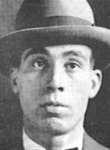
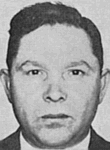
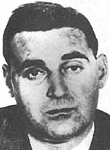
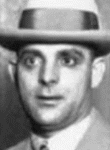
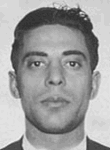
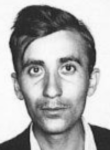
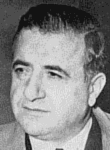
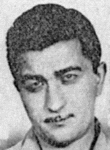
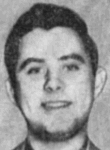
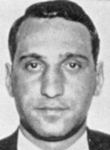
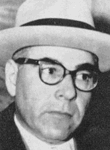

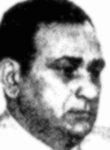
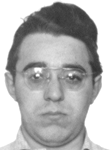
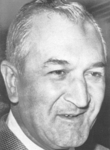
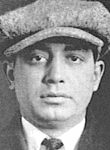
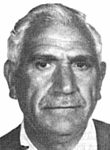
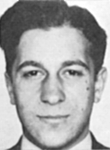
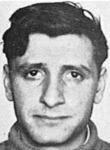

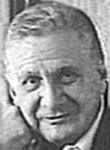
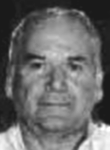
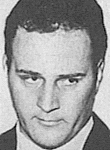
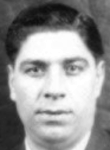
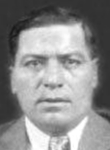
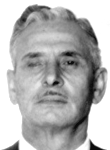
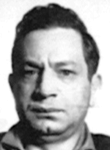
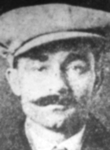
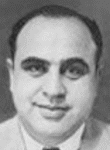
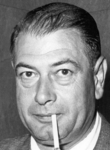
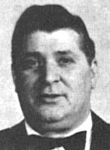
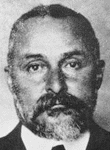
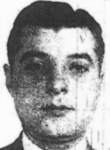
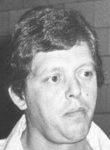
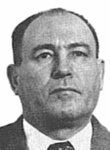
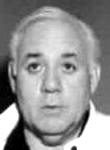
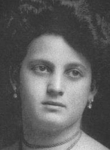
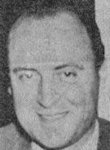
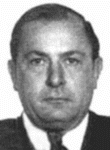
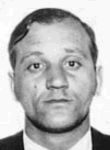
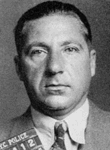
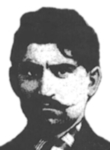
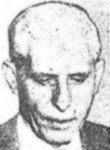
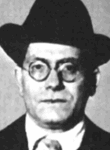
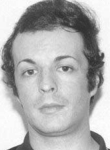
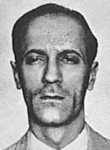
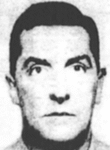
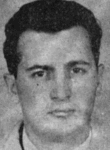
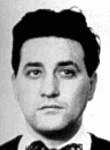
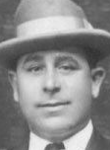
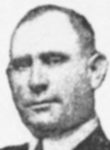
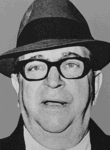
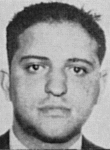
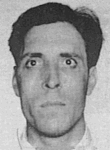
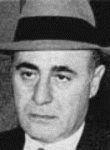
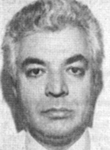
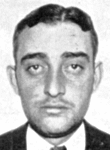
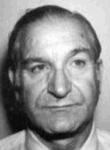
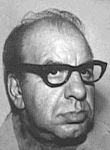
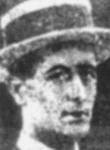
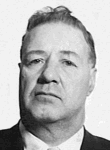
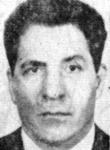
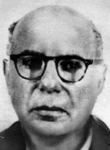
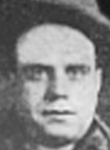
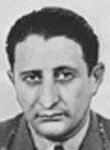
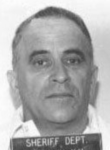
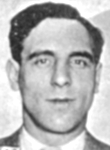
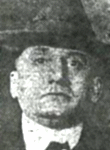
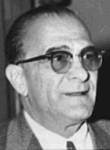
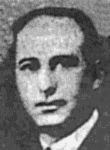
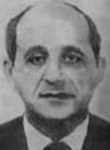
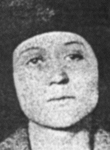
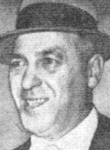

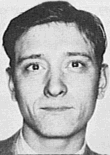
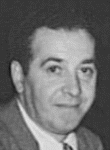
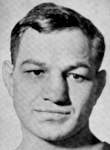
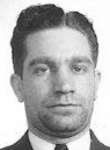
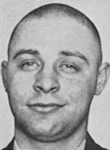
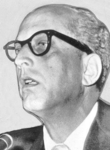
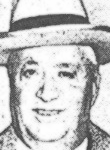
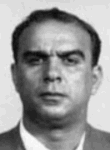
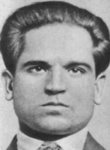
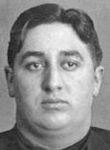
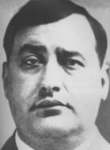
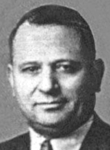
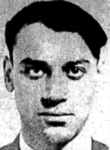
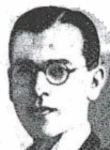
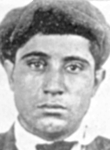
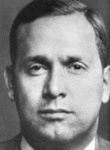
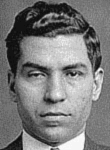
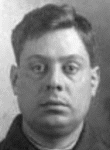
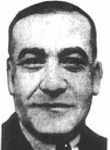
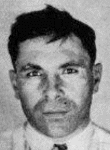
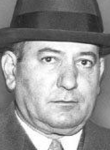
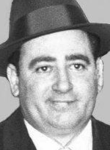
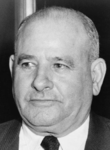
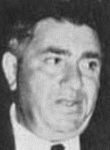
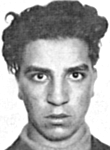
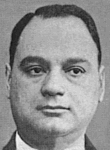
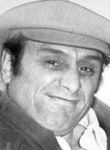
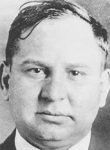

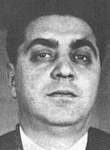
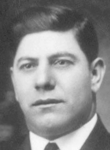
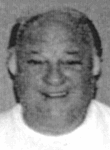
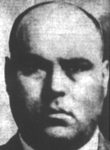
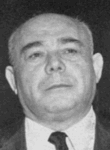
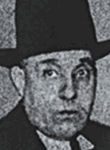
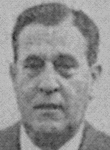
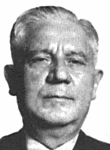
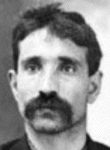
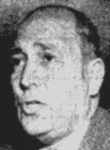
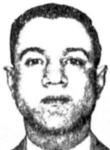
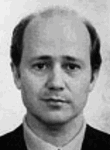
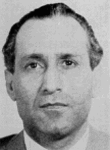

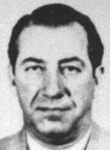
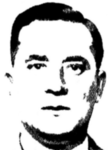
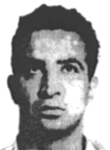
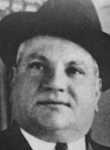
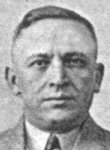
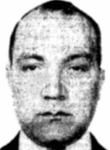
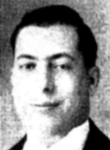
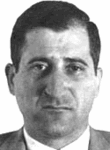
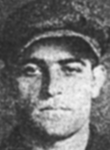
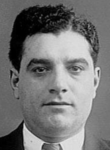
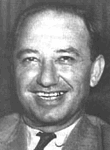
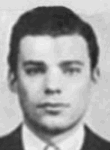
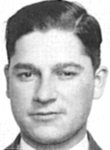
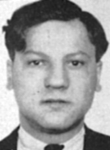
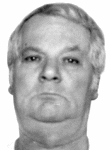
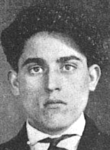
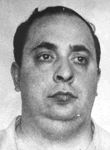
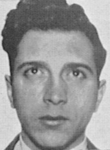
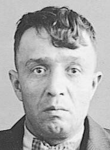
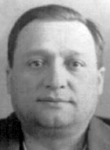
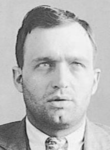
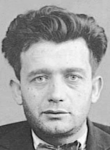
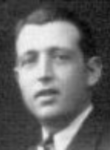
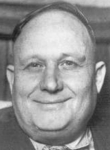
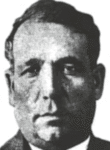
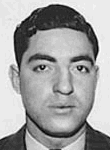
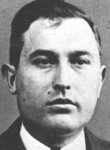
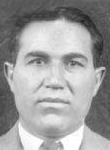
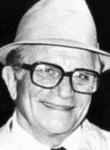
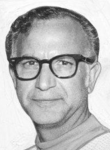

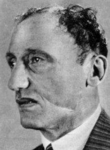
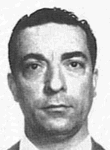
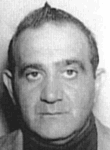
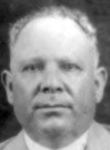
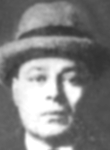
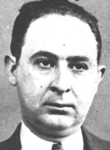
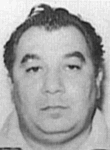
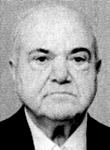
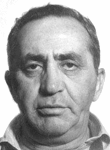
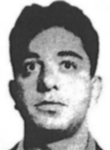
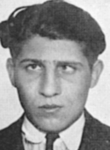
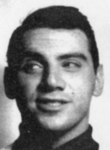
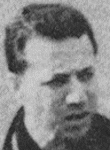

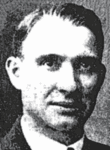
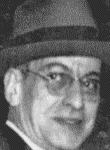
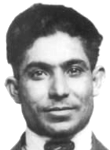
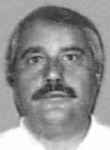
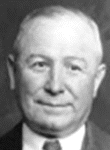
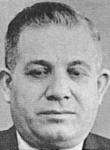
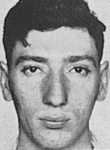
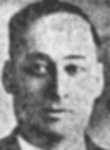

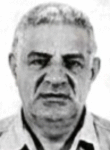
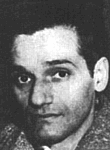
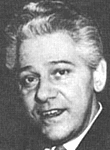
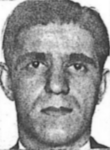
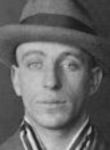
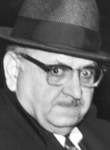
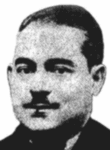
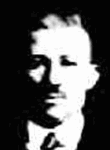
6 comments:
Mr Pieri, helped a lot of people through out his life and was loved as much as he was feared, he is truly missed.
I am a Pieri how did you know him? I am looking into the past of my last name. My grandfather was Antonio Pieri and great great grandfather was Salvatore
I am a Pieri as well. I am Salvatore 'Sam' Pieri's Great Grandson
i am an amoia... my grandfather joseph amoia was also mafia involved. unsure why my last name is on his gravestone, are they related?
Sam pieri’daughter Charlene married sam Amoia
sam Amoia was his son in law
Post a Comment